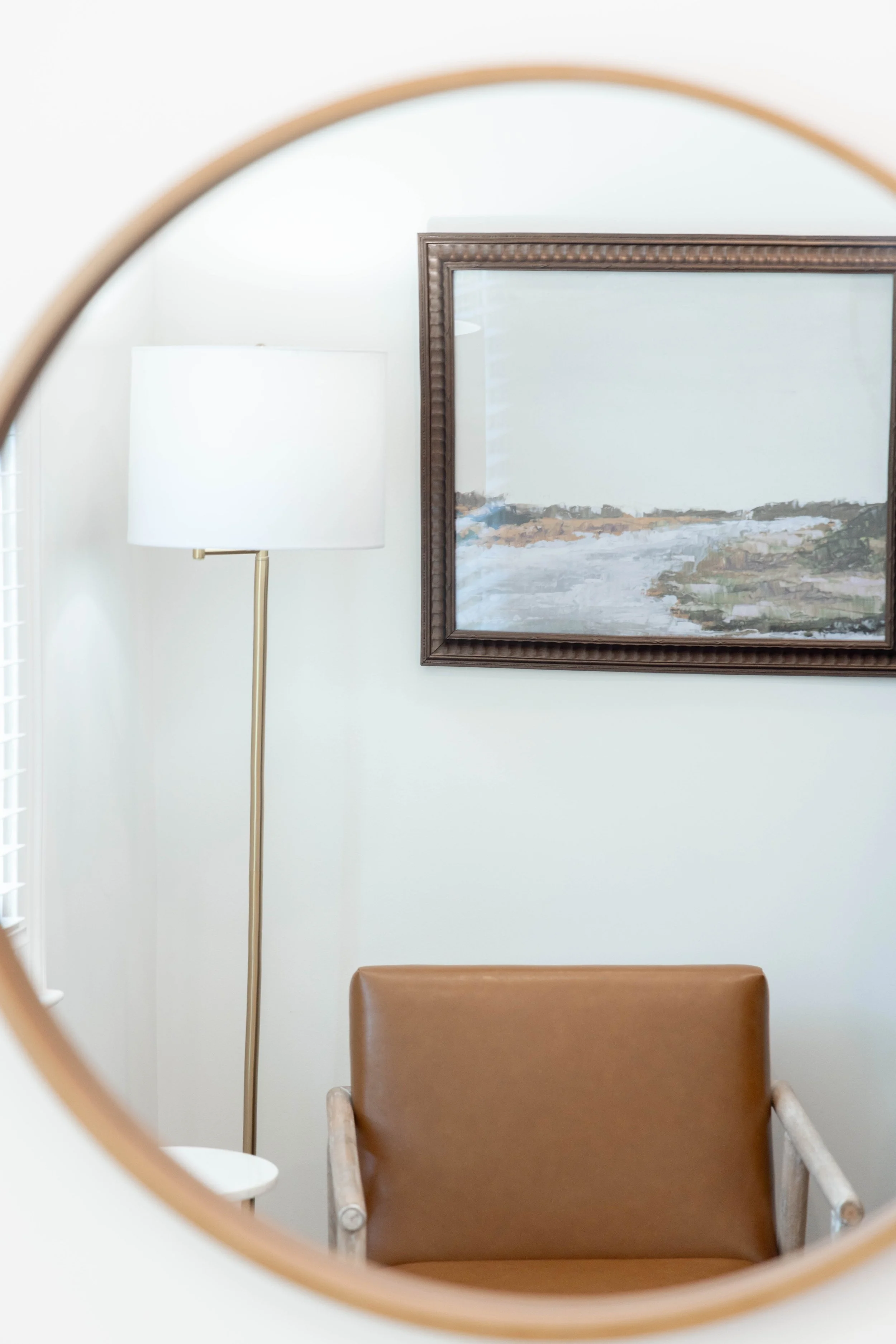The Power of Presence
What does presence mean to you? When you hear the word, do you think of physical presence—being with someone? Emotional presence—listening deeply as someone processes? Or do you think of presence at all?
Many of us would say we want to be present with the people around us, and that being present is crucial in any relationship. But how many of us can relate to being physically present while emotionally or mentally checked out?
This can happen in many ways—thinking about your to-do list while your child is talking to you, replaying a difficult conversation from last week while your friend is trying to process something, or feeling your mind bounce from task to task while struggling to focus. In these moments, we shift from being present in our bodies and relationships to being stuck in our heads.
This brings us to the concept of flexible attention. In his book The Happiness Trap, Russ Harris defines flexible attention as the ability to shift and broaden our focus based on the context and toward what is most helpful. So let’s practice two ways to shift our attention and bring ourselves back to the present moment.
Focus on Your Surroundings
Let’s pause and do just that—focus on what is around us. If you're comfortable, close your eyes. While taking deep breaths—in through your nose, out through your mouth—try to notice:
Five things you can hear
Five things you can see
Five things you can feel
Give yourself time to notice your surroundings and your body within them. How does it feel? What do you notice in your body as you breathe and refocus your attention on the environment?
READ MORE: 5 Simple Grounding Exercises >
Focus on Your Body
Extending from our last exercise, let’s now tune into the body itself. Take note of:
How you’re positioned (Are your shoulders slouched? What does your back feel like? Are your legs crossed?)
What your breathing is like
Whether there are any unpleasant sensations in your body
Taking time to notice our bodies can offer insight into what’s going on beneath the surface. Maybe a stomach ache is linked to anxiety about an upcoming interview. Maybe a headache isn’t just from being busy—but from needing a snack!
Tuning into the body helps us return to the present—and sometimes, it helps us take small, meaningful steps toward caring for ourselves.
When you notice yourself shifting from being present in your body to getting stuck in your head, try one of these exercises. There are many ways to practice presence in your daily life—these are just two simple starting points to help anchor you back into the moment.
READ MORE: Reducing Anxiety Through the Mind-Body Connection >
Presence is not about perfection—it’s about returning. Again and again, we are invited to shift our focus from distraction to connection, from autopilot to awareness. Whether it's through noticing our surroundings or tuning into our bodies, these simple practices can help us cultivate a more grounded and meaningful life. As you move through your day, remember: even small moments of presence can have a powerful impact—on your mind, your relationships, and your overall sense of well-being.
References
Harris, R. (2008). The Happiness Trap: How to Stop Struggling and Start Living. Trumpeter Books.
Here at Atlanta Wellness Collective, we want to help. For support, contact us or schedule an appointment online.
This blog post was written by Ansley Brague.
This blog is not intended to substitute professional therapeutic advice. Talk with your healthcare provider about your health concerns and before starting or stopping therapies. No content on this site, regardless of date, should ever be used as a substitute for direct professional advice from your doctor or other qualified clinician.
VISIT US ON INSTAGRAM @atlwell





